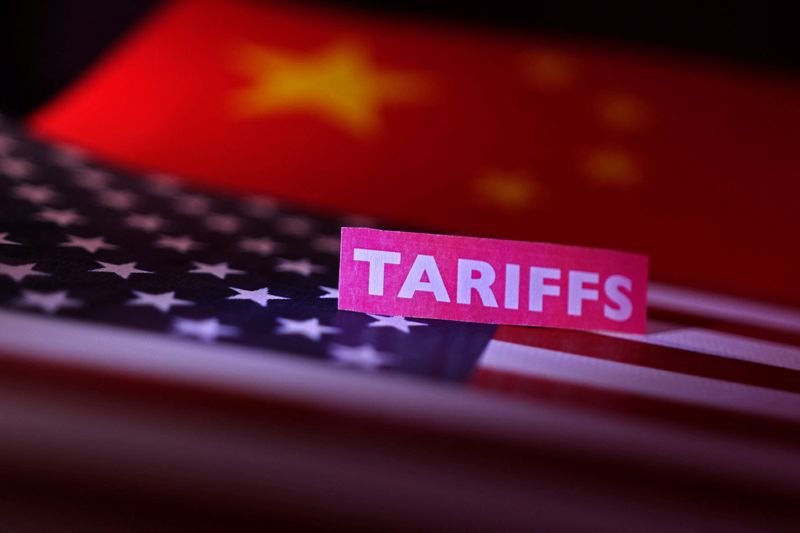China and the US Extend Tariff Pause: Latest Developments from Sweden Talks
Recent discussions between China and the United States in Sweden have led to a significant development regarding tariffs. Both nations have agreed to prolong their current tariff pause for an additional 90 days. This decision comes amidst ongoing negotiations aimed at stabilizing trade relations.
Background of Tariff Negotiations
The tariffs imposed by both countries have significantly affected the global economy, creating tension in trade relations. These tariffs, initially enacted to protect domestic industries, have led to increased prices for consumers and businesses. Recognizing the potential economic fallout, both China and the US have been keen on finding common ground.
The Importance of Tariff Pauses
A tariff pause is critical in easing financial pressures on both countries. Extending the pause allows businesses more time to adapt to changing market conditions without the burden of additional tariffs. This extension encourages a more collaborative approach to resolving tensions, emphasizing diplomacy over economic strain.
Economic Implications of the Tariff Extension
Prolonging the tariff pause has various economic implications. First and foremost, it alleviates immediate pressures on businesses that rely on imports and exports between the two countries. With this extension, companies can operate more freely, anticipating a stable environment for trade.
Additionally, the pause could lead to a more favorable investment climate. By showing a commitment to dialogue, both nations signal to investors that they aim to stabilize relations. This sentiment can boost market confidence, potentially leading to increased investment opportunities in both China and the US.
Key Players in the Negotiations
The talks involved high-level officials from both nations dedicated to de-escalating trade tensions. Their negotiations underline the importance of cooperative dialogue in addressing complex international issues. Key diplomats and trade representatives have worked tirelessly to ensure that discussions remain productive and focused on mutual interests.
Next Steps in the Talks
Looking ahead, the continuation of these talks will focus on finding sustainable solutions to the underlying trade disputes. Both countries are expected to engage in more discussions over the next few months, exploring ways to avoid the reimplementation of tariffs once the pause concludes.
As the deadline approaches, stakeholders from various industries will be closely monitoring developments. The intent is to find resolutions that provide long-term stability for international trade, enabling economies to recover and thrive.
Global Reactions
The extension of the tariff pause has elicited mixed reactions globally. Some countries view it as a positive step towards stabilization in international trade, while others remain cautious, watching to see if it culminates in substantive agreements. Businesses worldwide are hopeful that this cooperative stance can lead to broader economic improvements that extend beyond just China and the US.
Conclusion: The Path Forward
With the 90-day tariff pause in place, businesses and economists are optimistic about the potential for constructive dialogue between China and the US. A positive outcome depends on the willingness of both nations to continue negotiations and work towards a comprehensive trade agreement. The focus remains on maintaining open channels of communication and addressing the key issues that have historically strained relations.
Both China and the US face a pivotal moment; cooperation may determine the future landscape of international trade. Stakeholders from both countries and the global market at large will be watching closely as discussions unfold, hoping for a resolution that benefits all parties involved.
